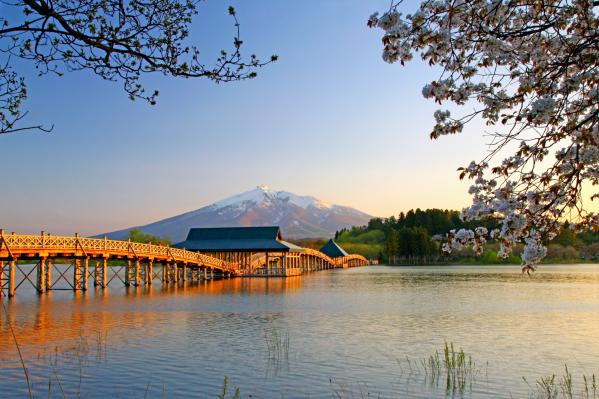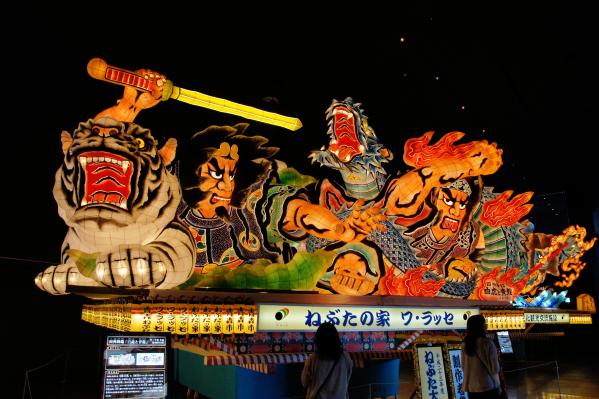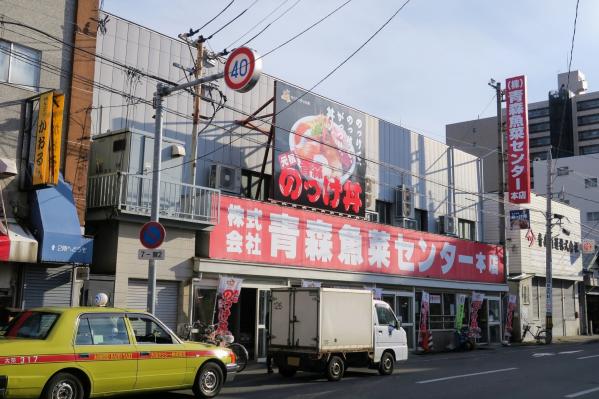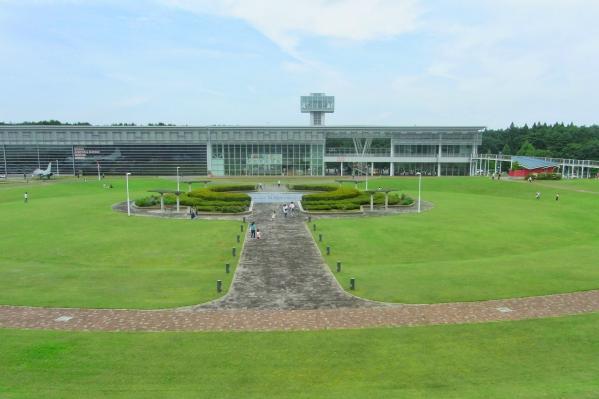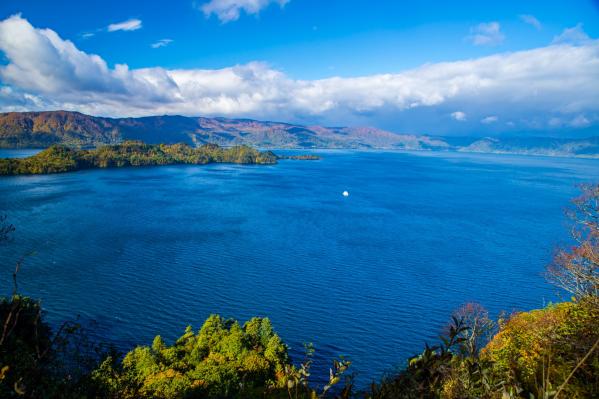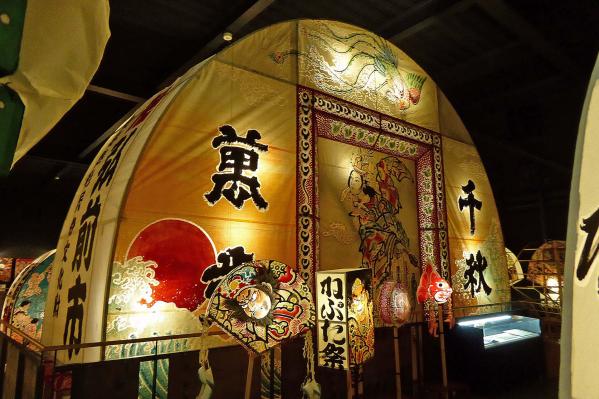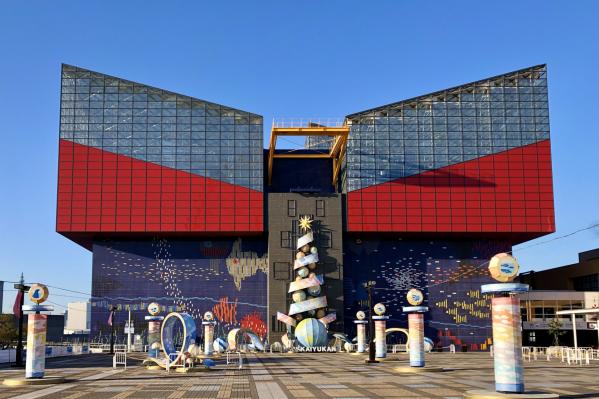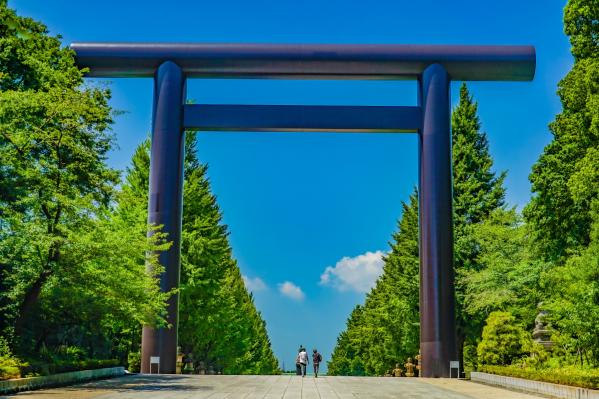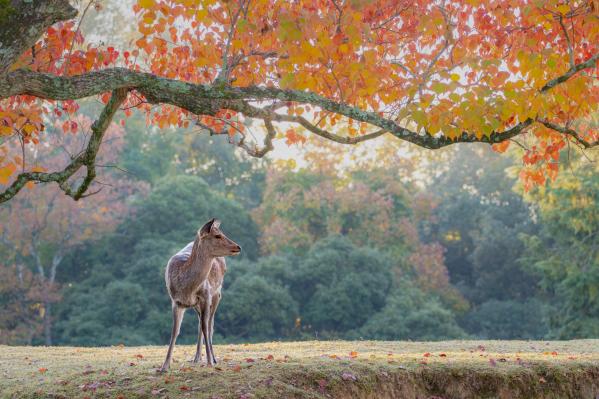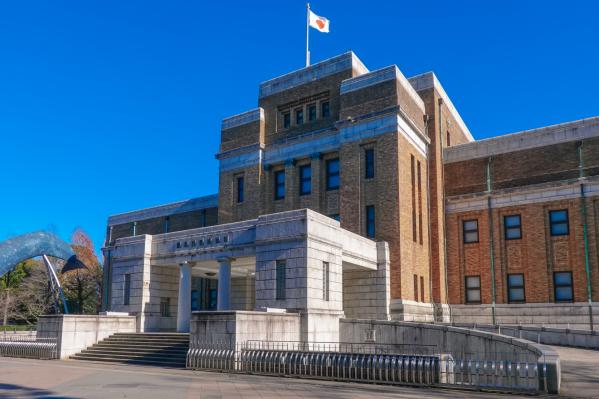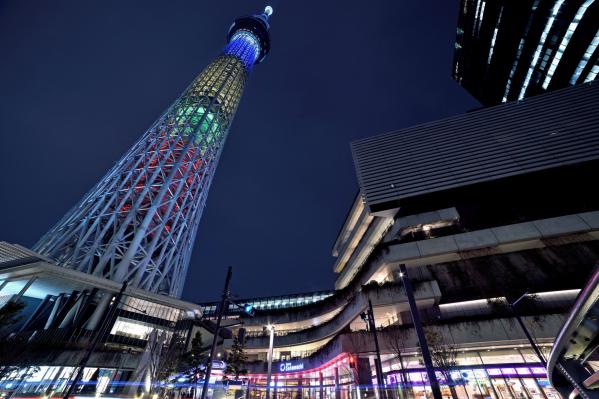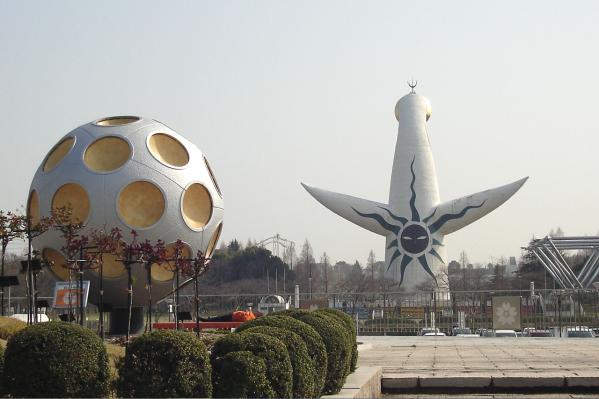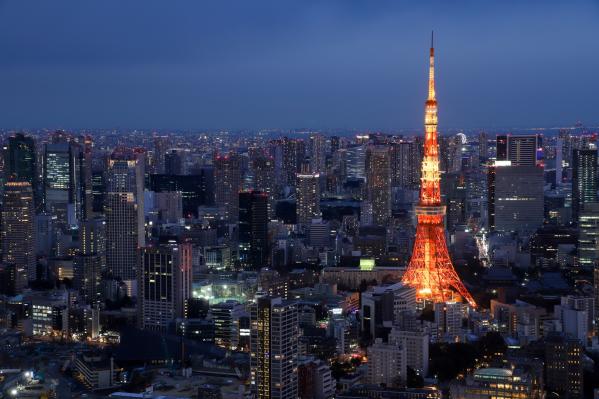
Sannai-Maruyama Site
Within the site, there is the "Jomon Experience Hall," where visitors can deeply learn about the lives of Jomon people through exhibits and hands-on experiences. The reconstructed 15 pit dwellings and large post-and-lintel buildings are particularly noteworthy. Additionally, there are a variety of experiential programs such as making magatama (comma-shaped beads) and mini figurines.
Guided tours last about one hour, with volunteer guides providing detailed explanations of the Jomon ruins. In July 2021, the site was registered as a UNESCO World Cultural Heritage site as part of the "Jomon Archaeological Sites in Hokkaido and Northeastern Japan." The Aomori Museum of Art is also adjacent to the site, with its design inspired by the Sannai-Maruyama Site.
The Sannai-Maruyama Site is easily accessible from Aomori City and is located in a region rich in marine resources. Artifacts recovered from the site reveal that the people of that time skillfully utilized natural resources and possessed a sophisticated culture. In particular, the clay figurines and traces of rituals provide valuable insights into the spiritual culture of the Jomon people. Efforts are underway to preserve and utilize the site, and many more discoveries are anticipated in the future.
Basic Information
- Spot Name
- Sannai-Maruyama Site
- Location
- 305 Maruyama, Oaza Sannai, Aomori City, Aomori Prefecture, Japan
- Access
- From JR Aomori Station:
By car: about 20 minutes (approximately 7 kilometers)
City bus: about 30 to 40 minutes
Nebutan Bus (shuttle route bus): about 30 to 40 minutes
From JR Shin-Aomori Station:
By car: about 10 minutes (approximately 2.5 kilometers)
Nebutan Bus (shuttle route bus): about 15 minutes - Parking
- Approximately 10 large vehicles and about 500 regular vehicles.
- Business Hours
- 9:00 AM to 5:00 PM
9:00 AM to 6:00 PM (only during Golden Week and from June 1 to September 30)
*Admission is allowed until 30 minutes before closing.
Closed Days:
The fourth Monday of every month (the following day if it falls on a holiday)
December 30 to January 1 - Fees
- General: 410 yen (330 yen)
High school and university students: 200 yen (160 yen)
Elementary school students and younger: Free - Official Website
Map
Detailed Information
The Sannai-Maruyama Archaeological Site has revealed a large-scale settlement dating back to the early to middle Jomon period (approximately 3,900 to 2,200 years ago, or about 5,900 to 4,200 years from the present) through excavations that began in 1992. Numerous pit dwellings, post structures, mounds, adult and children's graves, and a large quantity of pottery, stone tools, valuable wooden artifacts, and bone and antler products have been unearthed.
Due to the significance of the site, Aomori Prefecture decided to preserve it in 1994. From 1995, the site began to be organized and opened to the public, and in March 1997 it was designated as a historic site. Furthermore, in November 2000, it was designated as a special historic site, and in May 2003, 1,958 artifacts excavated from the site were designated as important cultural properties. In July 2021, the "Jomon Archaeological Sites of northern Hokkaido and northeastern Tohoku," including the Sannai-Maruyama site, was registered as a UNESCO World Heritage Site.
Aomori Prefecture will continue to promote the preservation, organization, and utilization of the Sannai-Maruyama site as a place where people can experience the "mura" of the Jomon period.
▶Large Post Structures
These are remnants of buildings constructed by digging holes in the ground and erecting pillars. The pillar holes are about 2 meters in diameter and 2 meters deep, spaced 4.2 meters apart, and contained chestnut wood pillars approximately 1 meter in diameter. Due to the abundance of underground water and the charred condition of the pillars’ surroundings, they remained intact without rotting. It is thought to be a large elevated structure with six pillars.
▶Mounds
These were formed from the leftover soil from digging pit dwellings and large pillar holes, as well as from waste such as soil, ash, burnt earth, and household refuse like pottery and stone tools, which accumulated repeatedly, creating a small hill. The layers of sediment suggest they were leveled off previously. Among the treasures found were many ritual-related artifacts, including clay figurines, jade, and small pots.
▶Valley
The valley served as a garbage dump. Due to high moisture and being shielded from air, wooden artifacts, lacquerware, bones of animals and fish, scales, seeds of plants, nuts, and parasite eggs that would normally perish are preserved in good condition.
▶Pit Dwelling Remains
The residences of the Jomon period were constructed by digging into the ground to create a floor, with a hearth in the center. The layout of the dwelling and the position and structure of the pillars and hearth vary with the periods.
▶Large Pit Dwelling Remains
Those over 10 meters in length are referred to as large residences. The largest found at Sannai-Maruyama is approximately 32 meters long and 10 meters wide. They are often discovered near the center of the settlement, leading to suggestions that they served as community halls, shared workspaces, or communal residences.
▶Post Structure Remains
It is believed these structures supported roofs with pillars placed in holes dug into the ground. They were densely found in areas such as the settlement's center and the west side of the raised earth.
▶Buried Pottery
When children passed away, they were placed inside pottery that had holes, or whose mouths or bottoms were broken. They were buried near residences. Large, round stones about the size of a fist are often found inside the pottery, believed to be related to customs of that time.
▶Earth Pit Burials
Adults were buried in circular or oval-shaped holes dug into the ground. Adult graves were arranged in two rows along the road on the east side of the settlement.
▶Road Remains
This road extends approximately 420 meters in length and 12 meters in width from the center of the settlement toward the sea. The road is shaped like a shallow trench that has been slightly dug into the ground, and some sections appear to have been "paved" with additional earth. Recent surveys have also uncovered north-south extending roads.
▶Clay Extraction Pits
These are holes where clay was extracted for pottery making. It seems that fine, clay-like volcanic ash was utilized for pottery.
▶Storage Pits
These were systematically constructed on the edges of plateaus outside the settlement. Many feature a narrow entrance with a wider bottom, having a flask-like cross-section, presumed to have stored food such as chestnuts and other nuts. Some are reported to be nearly 2 meters deep.
Sannai-Maruyama Site Movies
Aomori Tourist Attractions
View ListMount Osore
Mount Osore is regarded as one of Japan's three great sacred mountains, alongside Mount Hiei and Mount Koya. Located on the Shimokita Peninsula, this spiritual site ...
Tsuru-no-Mai Bridge
Tsuru-no-Mai Bridge in Aomori Prefecture is a 300-meter-long, the longest wooden triple-arch bridge in Japan. It spans the beautiful Tsugaru Fujimi Lake, reflecting ...
Nebuta Museum Wa Rasse
"The Nebuta House Wa Rasse" in Aomori City is a facility where visitors can experience the charm of the Nebuta Festival throughout the year. Opened in 2011 and locat...
Aomori Gyosaisen Center
The "Aomori Gyosai Center," located just a 5-minute walk from Aomori Station, is a historic market known locally as "Furukawa Market" with over 40 years of history. ...
Juniko (Aoike Pond)
Juuni Lake is located in the western part of the Shirakami Mountains and consists of a group of 33 lakes and ponds. It is believed to have originated from a landslid...
Aomori Prefectural Misawa Aviation Science Museum
The Aomori Prefectural Misawa Aviation Science Museum is an aviation and science museum themed around "the sky" and "flight," located adjacent to Misawa Airport. The...
Lake Towada
Lake Towada is a magnificent and beautiful caldera lake, featuring an expansive panorama that reflects the seasonal landscapes like a mirror on its tranquil surface....
Tsugaru-han Neputa Village
Tsugaru Han Neputa Village is a facility where you can fully experience Tsugaru culture, including the attractions of the Hirosaki Neputa Festival. It features impre...









